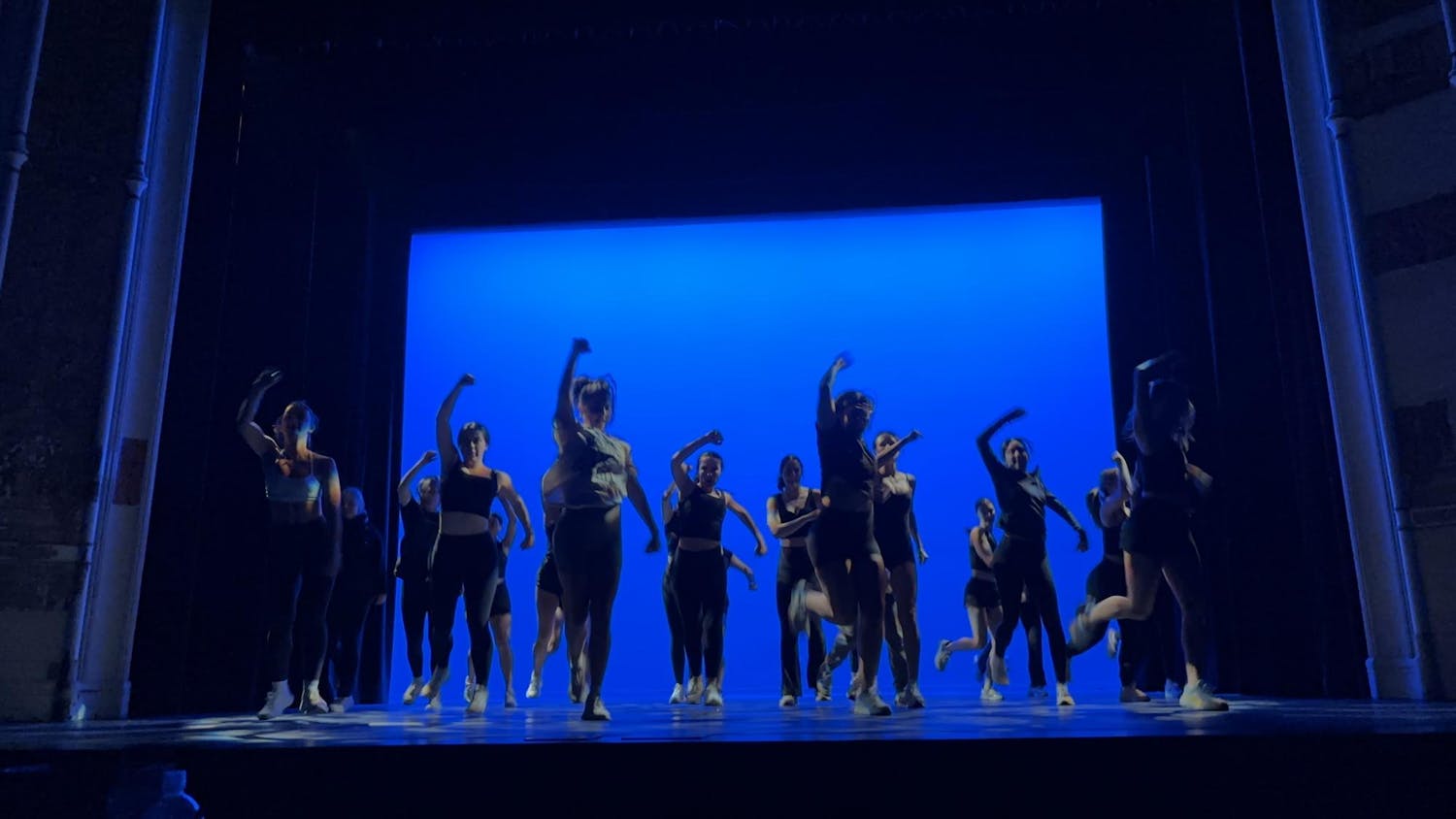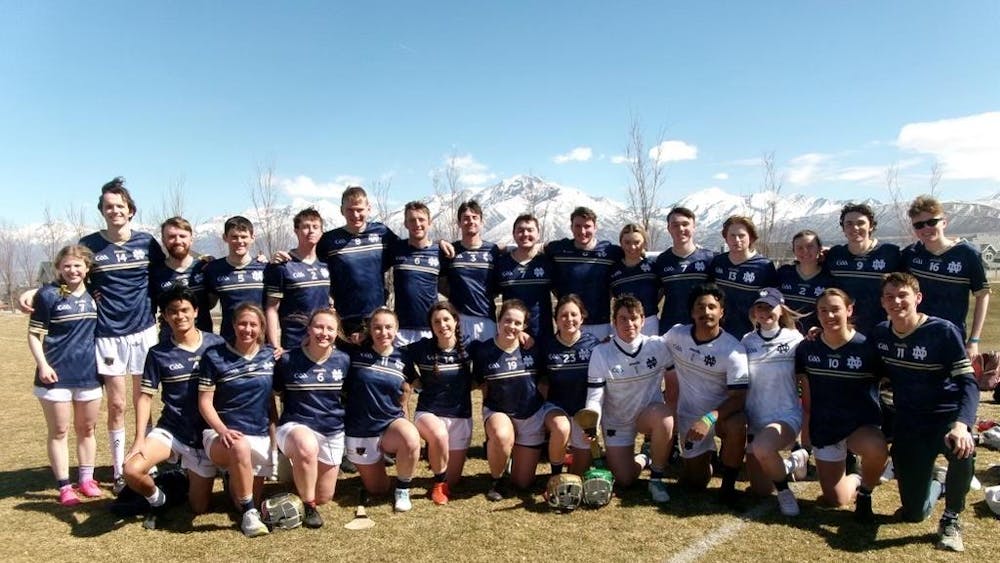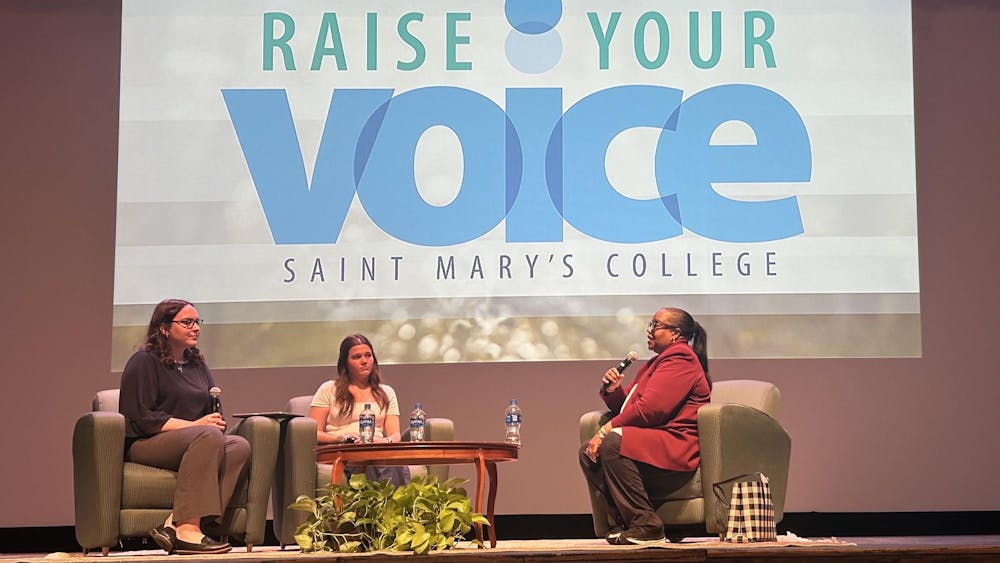Since the beginning of the pandemic, the Center for Disease Control (CDC) has published forecasts for the number of coronavirus cases and deaths for the upcoming weeks. Notre Dame professor Zifeng Zhao has also been working on predicting the numbers of the virus two weeks into the future.
Zhao, who works on the analytics team in the University’s department of information technology, operations analytics, teaches a course on predictive analytics and centers his research around forecasting and prediction.
“I try different ways that I can try to extract information from what I have right now to predict what might happen or something that is unknown,” Zhao said.
Zhao said it was natural for him to look at the number of coronavirus counts and deaths due to his area of study.
“Basically [there’s] COVID cases in every country and every day you can have a number… so you have a series of numbers, and very naturally, I would want to see if I can look at the series of numbers and try to predict what's going to happen in the future,” Zhao said.
The statistical method Zhao has used is a time series, where data points are sequenced and indexed in chronological order and then used to forecast possible scenarios. While Zhao uses this approach, he stressed that his method is one of many to do such predictions.
“There are many different methods, and the way we choose to do it is using a very simple model where you can change points,” Zhao said.
He began to apply his knowledge to the numbers of virus case counts around mid-April, he said, with two colleagues, Feiyu Jiang of Tsinghua University and Xiaofeng Shao of the University of Illinois at Champaign-Urbana, who share an interest in the time series approach.
Zhao and his collaborators’ original research assumed a single peak in the pandemic to match the courses of multiple pandemics in history. However, since their study was published, Zhao said the team is working on methods to predict the second and third waves of the virus and answer questions regarding what those peaks will look like.
“When there are multiple peaks, can you detect when the second peak or the third peak would likely go up and when it would likely appear in the future? And can you try to use that forecast to warn people like that like possible future scenarios?” Zhao said.
In addition, Zhao said he has shifted his approach from predicting a specific number of coronavirus cases to predicting intervals for the second and third peaks.
“I try to tell you what is a worst-case scenario for us or maybe not the worst-case scenario but what is the 90% worst-case scenario,” Zhao said. “[I] give a range of different predictions so not just one number but a range of numbers and try to tell people okay this is a range and most likely with 90% confident or 80% confidence, I assume the future number [of coronavirus cases] is going to fall into this interval.”
Zhao and his team recently won a $100,000 grant from the National Science Foundation to further his research over the next three years to work on how to better model time series data. The grant proposal, Zhao said, was due before the pandemic hit, so their work on the pandemic has been implemented into this larger project.
Zhao said he sees his research on the forecast of the coronavirus as a matter of public health, especially after observing the early stages of the pandemic in China and Italy.
“If you know those forecasts and if the government really listens and you know there is going to be a peak… you probably would try to do some public health intervention and to prevent that from happening,” Zhao said. “Then, the hospitals might not collapse and the death rate wouldn’t be higher.”













